Termites cause billions in annual damage and so protecting their homes against infestation is of vital importance to residents.
To avoid termite invasions, ensure there is enough ventilation between wood and soil surfaces, cover exposed wooden surfaces with plastic sheets or panels, and maintain proper grading and drainage techniques (including clearing gutters regularly). Furthermore, termite bait stations provide another effective deterrent against termites.
Preventing Termites
Preventing termite damage requires being proactive, such as by hiring a certified pest professional for regular inspections of your home. Preventive measures may include limiting wood-to-ground contact, using treated or pressure-treated wood in construction, keeping firewood and mulch away from the house and diversing water away from it through channels, clearing away stumps and debris, regularly clearing gutters and drains and regularly inspecting gutters and drains to reduce moisture issues.
Utilizing cardboard can also be a successful strategy for termite control. Simply wet two or three flat pieces and place them side-by-side where termites may be entering structures, then check and replace as necessary.
Soil treatments are among the most successful means of controlling termites. Liquid insecticide can be applied in trenches around the exterior of your home and other structures and soaks into the soil to create an impenetrable barrier that stops termites from migrating from wood to soil and vice versa. Sprays and injected foams may also be effective, working through an “transfer kill” mechanism rather than directly impacting individual insects but instead spreading treatment throughout their colony.
Identifying Termites
An experienced eye can identify telltale signs of termite infestation quickly. These include mud tubes (narrow tunnels about the thickness of a pencil created by subterranean termites to connect their nest to wood they chew) running along foundations or crawlspace walls, paint damage caused by termites tunneling through lumber with moisture infesting it, hollow sound when knocking wood surfaces, and droppings known as frass being present in abundance.
Different castes within a termite colony display various physical traits. Workers, for instance, are distinguished by pale brown bodies without eyes and hard mouthparts used for chewing wood. Soldiers resemble workers in terms of body size but possess larger heads than workers. Reproductives look like nymphs but possess functional wings which enable reproduction; reproductive alates may swarm at certain times of year or in wet weather.
If you suspect a termite problem in your home, consulting with a professional about treatment options should be your top priority. A technician can explain the differences between bait systems and liquid sprays as well as provide guidance as to which areas need treating first.
Termite Treatments
Termites are serious pests that require professional assistance to control. There are various treatments available to control subterranean or soil-dwelling termites; the best one will depend on several factors including home construction type and location of infestation.
One popular method is liquid soil treatment, in which a trench surrounding your foundation is filled with liquid insecticide to act as a barrier and repel termites from entering or kill any that have already entered.
Other treatments for termites may include repellent and non-repellent termiticides injected directly into wood or soil at suspected entry points. Non-repellent termiticides tend to be more effective due to their deeper penetration of wood structures, offering more protection.
Moisture is essential to termite survival, so eliminating humid areas is crucial in order to preventing an infestation. This includes fixing plumbing leaks, ensuring appropriate grading and not stacking firewood or other materials against your house or burying stumps or debris in crawl spaces and slabs.
Termite Prevention
Termites can be one of the most destructive pests to invade a home, so taking measures to protect against their presence should be a top priority. Reducing moisture, clearing away wood debris and inspecting regularly are just a few ways of protecting yourself against their arrival.
Subterranean termites thrive on moisture. To eliminate their sources, repair leaky pipes, ensure gutters direct away from foundations, and ensure adequate soil drainage systems are in place.
Keep tree stumps and firewood well away from the foundation of your house, trim dense greenery like bushes to keep it from touching it, fill cracks in concrete foundation walls with filler material or caulk and seal gaps around utility penetrations or reseal vents to minimize entry points into it.
Regularly inspect the perimeter of your home for signs of termite activity, such as mud tubes, blistered wood floors or dropped wings. Also keep an eye out for paint that bubbles or peels as these could indicate termites are present – if these signs appear contact a pest control service immediately!
